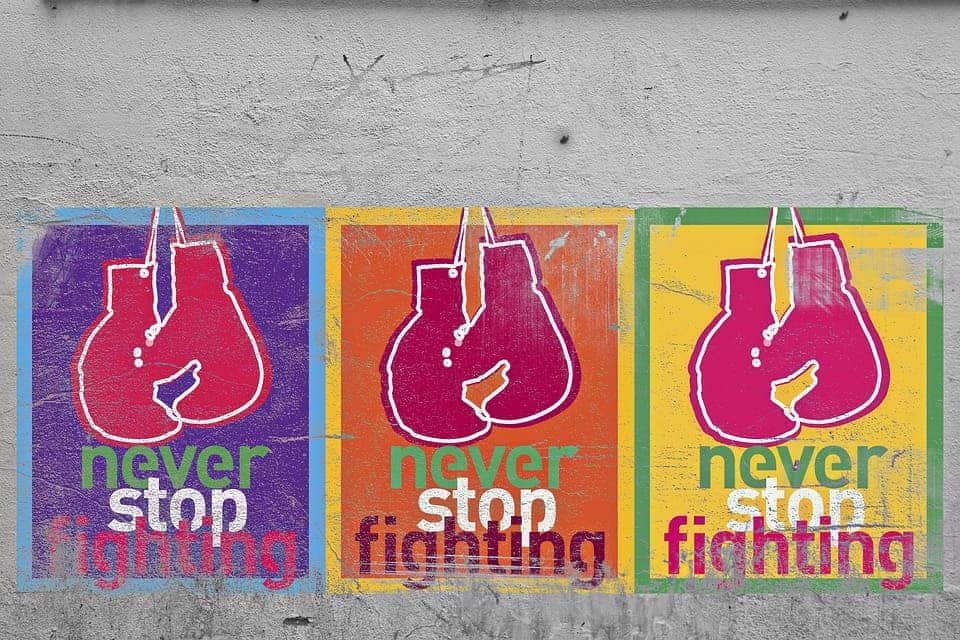Ah, loss of motivation — the bane of my waistline and school projects the world over. How come it’s so easy to pick up, say, jogging, but absolute hell to pull through after you’ve already bought the shoes and pants? It’s just not fair.
Well, researchers from the universities of Winnipeg and Manitoba might have the answer. They found that it’s not so much an issue of waning motivation — but one of shifting sources of motivation as we progress towards completion of our goal.
Do more — Waste less
The team’s theory was that in the early stages of pursuing a goal (when you decide to take up jogging, or pottery, or in my case swimming), people would be primarily motivated by hopes, aspirations, and the positive outcome they expect from reaching that goal. So if you want to lose weight, for example, at first you’d be motivated to exercise because you’d imagine yourself looking thinner, being healthier, and so on. This mindset is known as “promotion motivation” as it makes people feel more excited about things they can do to make a progress towards their goal — such as working out more or changing to a better diet.
But the researchers predicted that as you take steps towards that goal, you inch into a “prevention motivation” mindset. After the initial bout of go-getter attitude, we start seeing our goal as a series responsibilities or duties and gain motivation from a desire to avoid falling back on our progress. So if you set your goal as “lose 10 pounds” and are getting close to that, your priorities shift from doing ‘good’ things (exercising more) towards avoiding ‘wrong’ ones (eating too much dessert).
To test this theory, the team conducted a series of five experiments. Some were scenario-based while others involved an actual goal-pursuit task that participants were asked to perform. Participants were randomly assigned to different conditions (early/late goal progress) and their perception of progress towards the end goal was manipulated to see how their strategy adapted. Those assigned to the early goal progress (EGP) condition felt they were less than halfway towards reaching their goal, while those in the late goal progress (LGP) condition felt they were more than halfway through. The team employed a variety of measures to assess if promotional or prevention strategies “best-characterized participants’ motivation” in each condition.
A matter of perspective
The results showed that participants in the EGP focused primarily on promotional motivation, while their counterparts relied on preventional strategies. It comes down to our point of reference, the team explains.
“When we begin working on a goal, we rely on our initial (starting) state as a reference point. In other words, in order to assess goal progress, we compare where we are en route to goal attainment to where we started. This shows us how much we have done so far—the extent of our attainment—which produces a focus on positive outcomes and leads us to assume a promotion focus,” the team writes.
“As we make progress and move into later stages of goal pursuit (beyond the midpoint), we switch our reference point to the desired end state of goal pursuit. In other words, we begin to assess goal progress by comparing where we are en route to goal attainment to where we want to be upon completion. This makes us focus on how much we have yet to do—the extent of our shortcoming—which produces a focus on negative outcomes and leads us to assume a prevention focus.”
In a way, it makes sense. You decide what your goal is and your brain goes ‘Ok I can make that happen,’ then motivates you to work towards it. As you get close to that point, the brain says ‘Good enough’ because it’s impressively lazy, and focuses on keeping the status quo.
You can use the findings to hack yourself into better pursuing your goals. When you feel that demotivational wall creeping in, consider shifting your priorities from promotional to preventional practices. Let’s say you’re saving money for an iPhone/health insurance. Initially, you’ll be naturally inclined to go after positive saving strategies, such as nailing down extra income. As you’re getting close to your goal, focus on avoidance strategies — such as cutting expenses.
“Generally speaking, people in North America are predominantly promotion-focused, so they are good at starting goals, but not as good at accomplishing them,” says Olya Bullard, PhD, an assistant professor at the University of Winnipeg in Manitoba, Canada and lead author of the study.
“My hope is that these findings will help people attain their goals.”
The paper “How Goal Progress Influences Regulatory Focus in Goal Pursuit” has been published in the Journal of Consumer Psychology.










